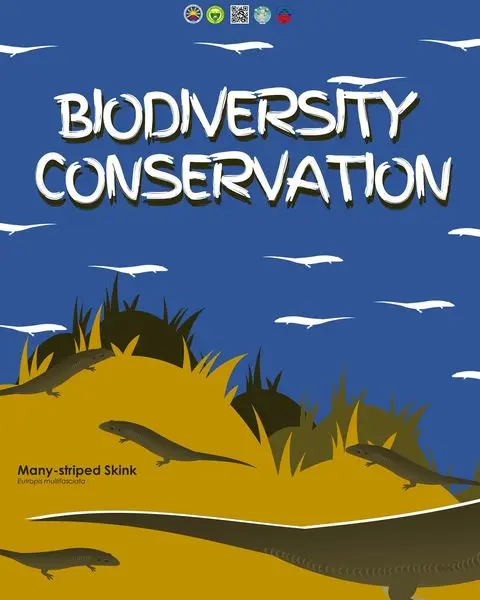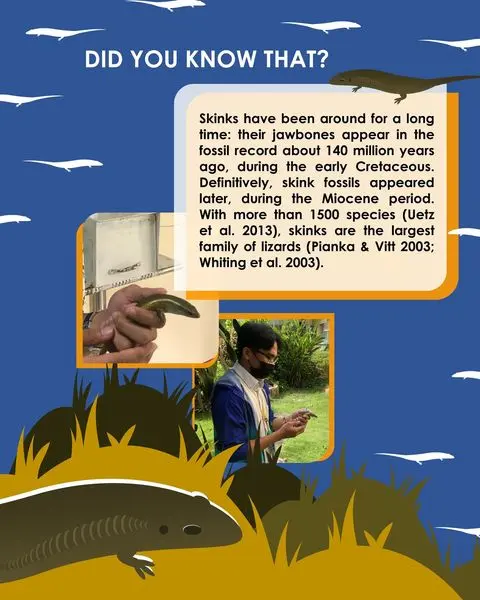
It also includes in-situ conservation, in which the ecosystem is conserved and protected, and the complete biodiversity is protected.
Ex-situ conservation, on the other hand, refers to efforts taken when an organism is at risk of becoming extinct. As a result, as mentioned below, biodiversity conservation strategies attempt to preserve, maintain, conserve, restore, and increase biodiversity.


Did you know that skinks (or more commonly known as Bubuli in Tagalog) have been around for a long time? Their jawbones appear in the fossil record about 140 million years ago, during the early Cretaceous. Definitively, skink fossils appeared later, during the Miocene period. With more than 1500 species (Uetz et al. 2013), skinks are the largest family of lizards (Pianka & Vitt 2003; Whiting et al. 2003).
A recent study showed that of the 1578 skink species that have been assessed against IUCN Red List criteria, 1008 (63.9%) were assessed as Least Concern. Seventy-six species (4.8%) were classified as Near Threatened, and 264 species (16.7%) were listed as threatened (Chapple et.al., 2021).
The following pose a major threat on the Scincidae Family (Chapple et.al., 2021):
Meanwhile, a skink was found roaming inside the Institute for Climate Change and Environmental Management (ICCEM) building yesterday. This skink was carefully captured and was released outside so that it can return to its natural habitat wherein it can naturally look for a prey.
As part of biodiversity protection and conservation, we encourage you to do the same when you encounter a skink in your backyard.
#Skinks
#BiodiversityConservation
#ProtectedTogetherNowForever
#ProjectSAFE
#ICCEM_CLSU
#CHED_HEDF